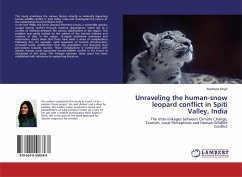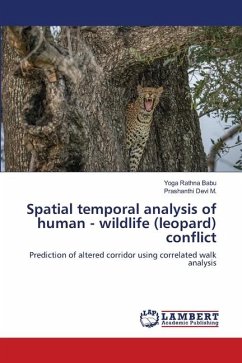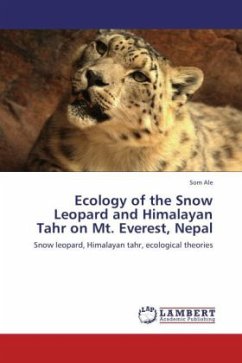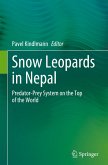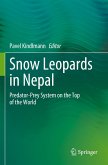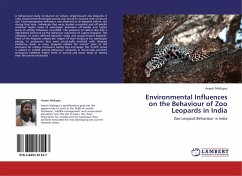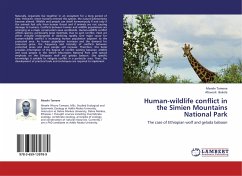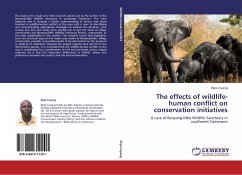This study scrutinizes the various factors directly or indirectly impacting human-wildlife conflict in Spiti Valley, India and investigates the nature of the relationships found between them.In the late 1900s, the Snow Leopard (Panthera uncia), a vulnerable species, caused intense conflict through livestock depredation, which led to a conflict of interests between the various stakeholders in the region. This problem was partly tackled by the advent of the tourism industry and creation of jobs in the region. In-depth qualitative interviews and observation results show that there have been a series of complications following this, for example, rapid expansion of tourism infrastructure, increased waste, proliferation feral dog population, and changing local perceptions towards tourism. These complications in combination with climate change could exacerbate human-wildlife conflict in the future as elucidated in this study. The linkages between these issues has been established with references to supporting literature.
Bitte wählen Sie Ihr Anliegen aus.
Rechnungen
Retourenschein anfordern
Bestellstatus
Storno

